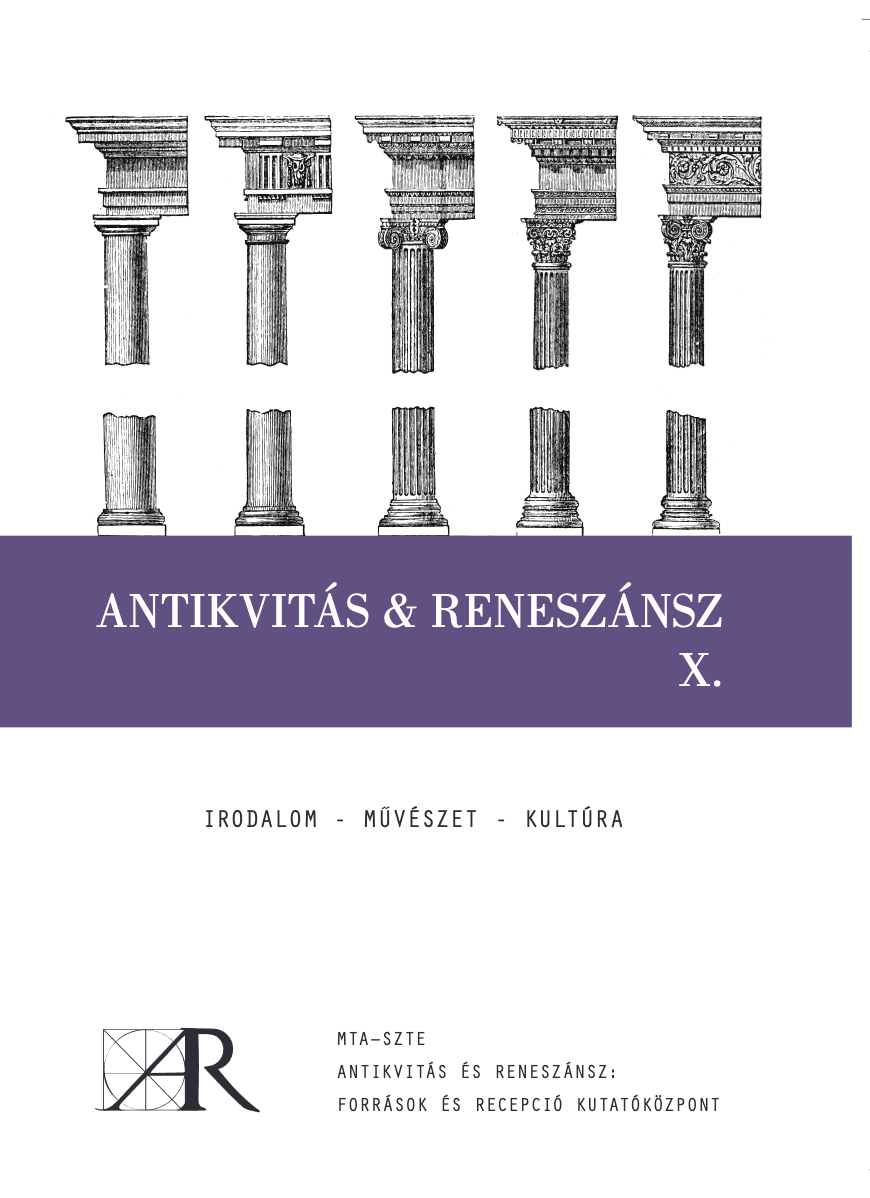Zoomorphic paradox: Ortensio Lando’s Funeral sermons on the death of a louse
Main Article Content
Abstract
In the Italian literature of the sixteenth century, characterized by the predominance of Petrarchist poetry, epics, treatises on moral philosophy, and linguistic debates, the most characteristic trait of Ortensio Lando’s literary activity was an ironic approach to the fundamental questions of humanist thought in the form of the paradox. The rhetorical figure of the paradox, which has also become a literary genre thanks also to his Paradossi (1543), remains a criterion for reasoning also in his book entitled Sermoni funebri de vari authori nella morte di diversi animali (Funeral Sermons of Various Authors in the Death of Different Animals), published in 1548. Eleven praises formulated in the spirit of varietas and exaggeration against the norms, in addition to the fact that they deal with the lower animals of the fauna, are also the demystification of the rhetorical formula of the sermo itself. The present study, which analyzes the paradoxical mourning of the louse, presents the specific aspect of zoomorphic symbolism in the framework of an (apparently) paradoxical moral investigation.
